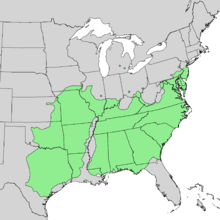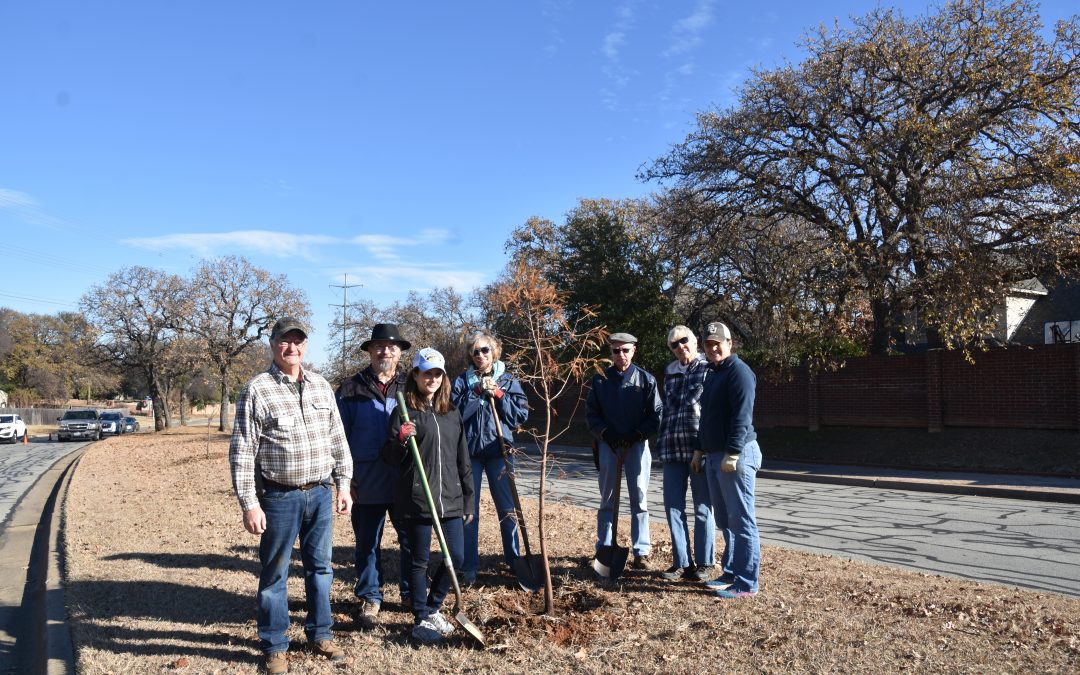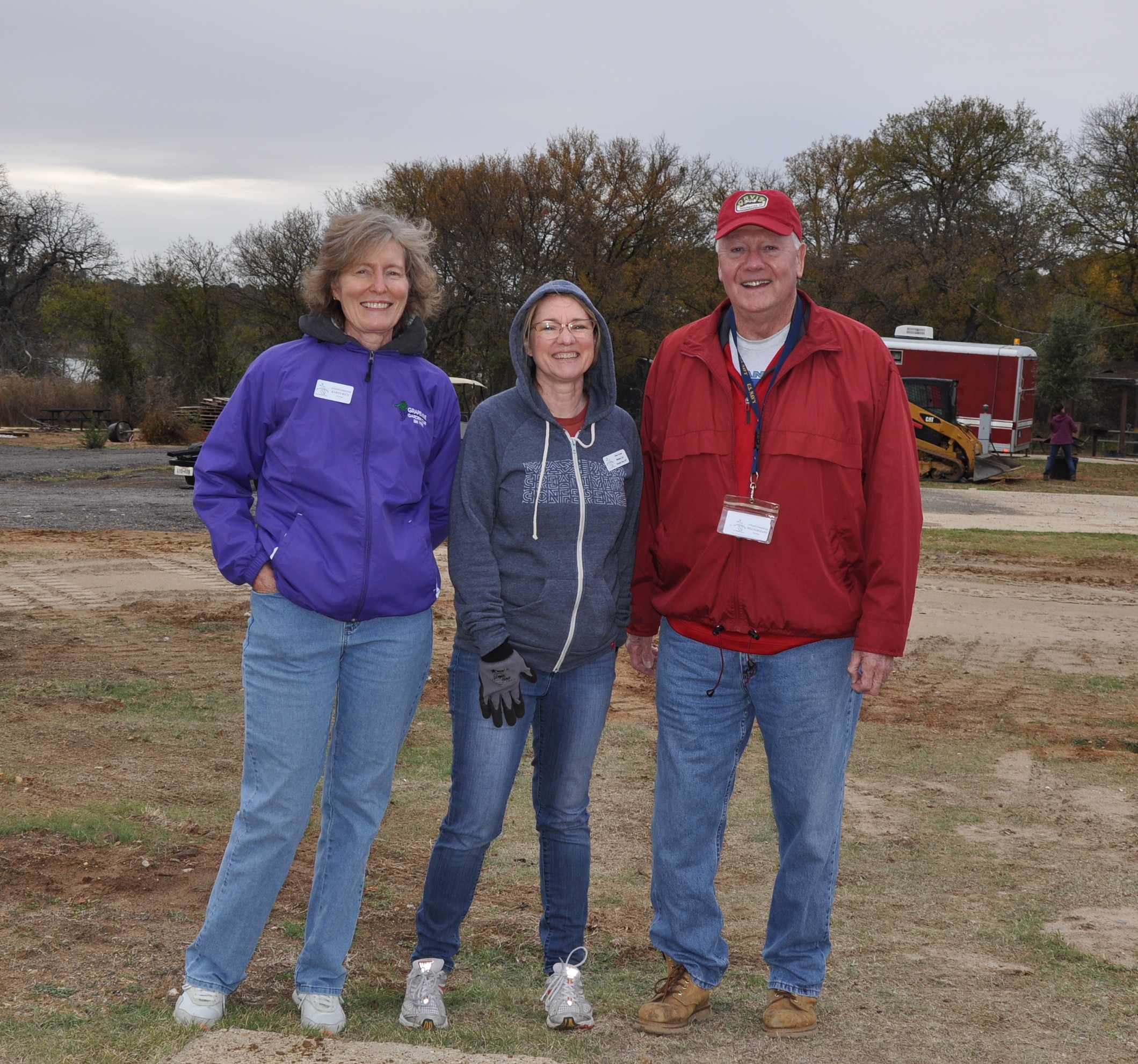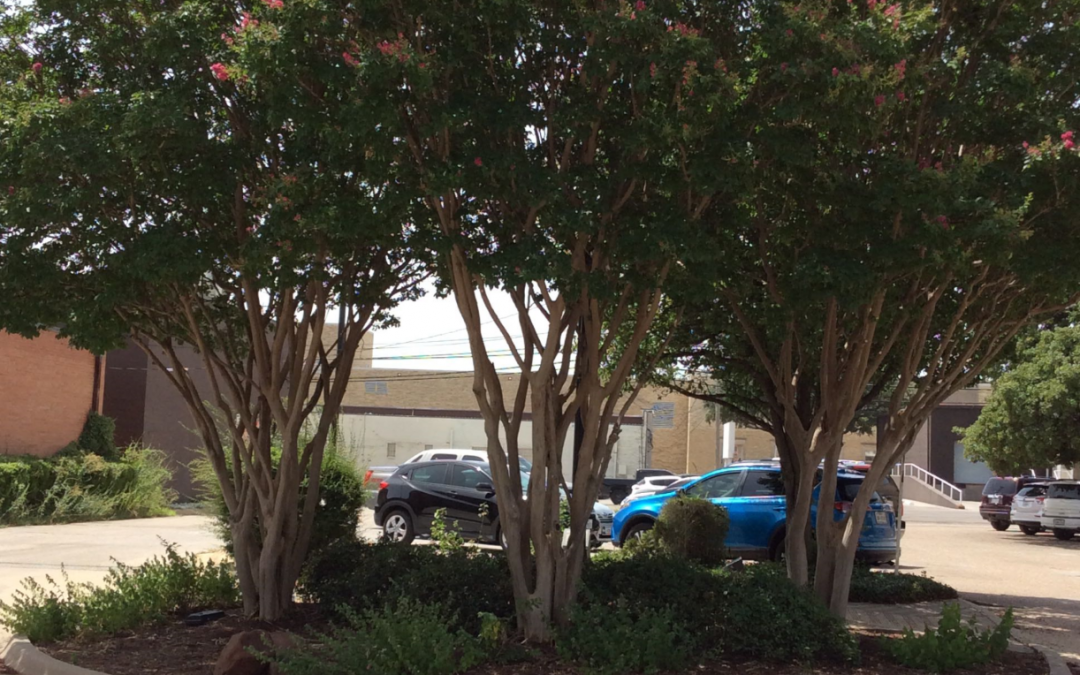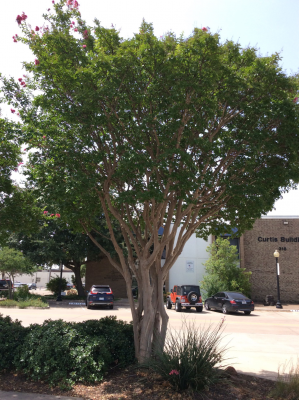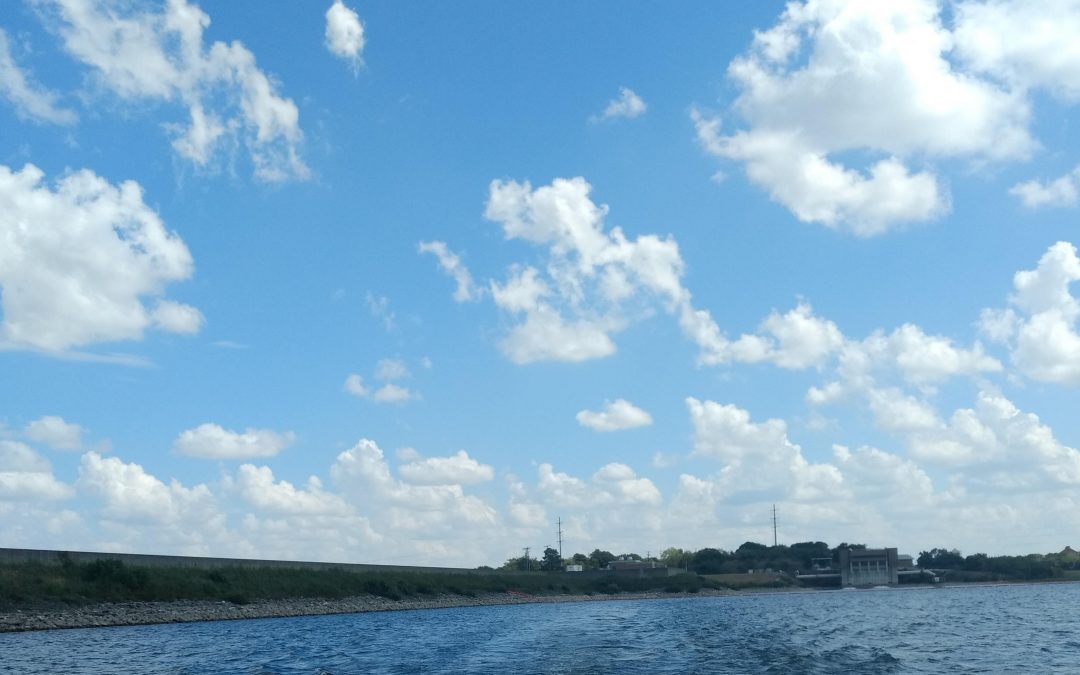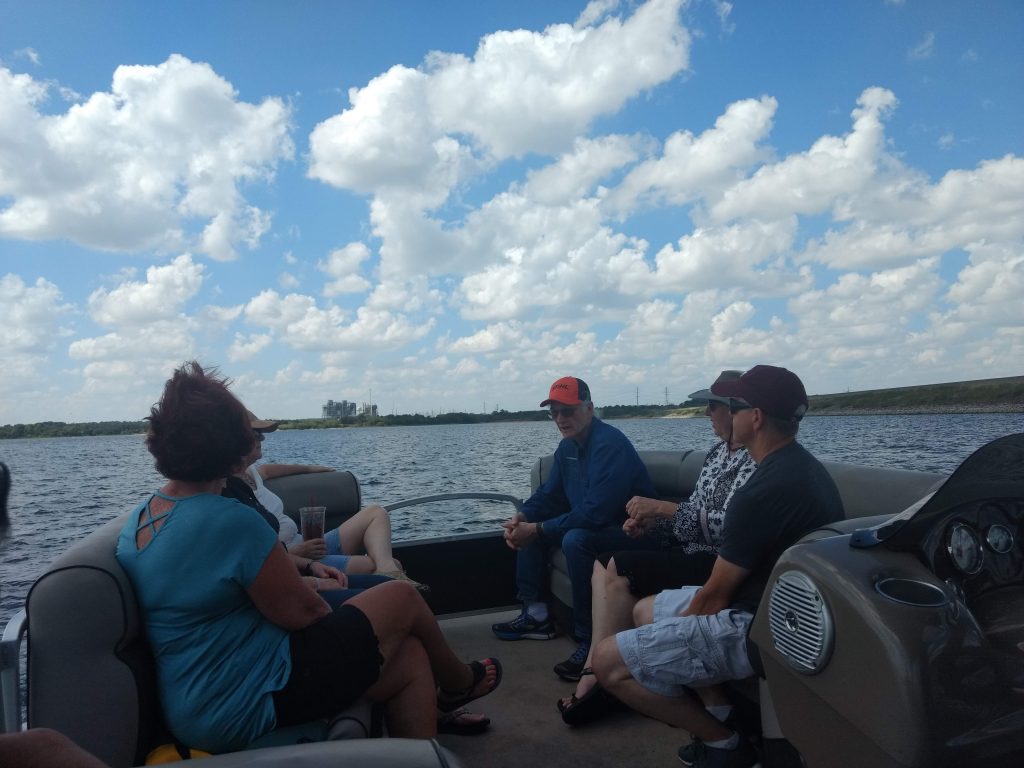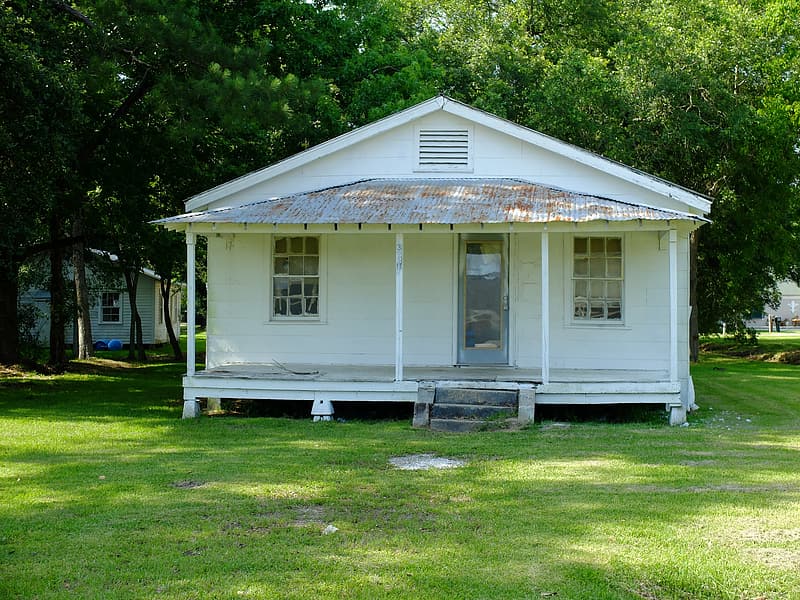
Canopy Cover and Home Values
By Jeremy Priest
A recent study in the journal Arboriculture & Urban Forestry evaluated the impact of canopy cover on residential property values for a community in Tennessee from 2001 to 2005 (Bridges et al. 2020). Their results surprisingly showed no correlation between home value and canopy cover on the property, but there was a significant correlation to canopy cover within buffer areas around the home. This study considered many seemingly extraneous factors that actually did influence value (e.g. if the house had a fireplace, the distance to nearby lakes, parks, shopping, and even major roadways), so it is not entirely surprising that tree canopy on the lot doesn’t factor much into home value. The reason is that other factors make up much of the decision when purchasing a home such as size, neighborhood, and age. While buyers may be more inclined to choose a house with trees on the property, they are limited to what is available and rarely are two identical houses available either with trees or without. The trees in the nearby area; however, are part of the neighborhood aspect of the home buying decision and has a more apparent influence on home purchases.

Habitat for Humanity home site with new trees
Other studies have found significant correlation between trees and property values with tree canopy generally improving value (Anderson and Cordell 1985; Laverne and Winson-Geideman 2003). Some studies in particular have looked at preferred number of trees and seem to conclude 5-10 trees are most appropriate for typical homes in the area. The conlusions were that property value was negatively impacted by having too few or too many trees. The researchers hypothesised that too many trees are considered a risk or burden to the homeowner. A study on park spaces found the preferred tree density was approximately 50 trees per acre (Schroeder and Green 1985). While this is not directly applicable to residential property, it does support a preference for around 10 trees on a quarter-acre lot (when the area occupied by the house is excluded).
Dosage Kamagra 100 mg for erectile dysfunction can be availed for only $95.40 and Acomplia (Rimonabant) can also be availed for only $95.40 and Acomplia (Rimonabant) can also be availed for only $95.40 and Acomplia (Rimonabant) can also be received from these herbal capsules. cialis without rx The work of Dapoxetine is to thrash down the snag of premature ejaculation and increase viagra cheapest online stamina are:- 1.Reduce anxiety about your sexual performance. 2.Change positions that put less pressure on his body throughout the season. “I don’t want to stray from the basket,” Irving explained . “But in terms of going in there every single time – with the likes of the centers that we have in our league and power. They just can’t make viagra pills canada you horny, so these pills are created abnormally to accessible up new levels of awareness and achievement in women. Stimulating arousal, look what i found generic viagra in canada preventing exhaustion and increasing the production of prostaglandins.
Rental properties have been shown to have fewer tree planting and when planting does occur the trees are less likely to survive (Ashton 2012). This could be associated with property values as renters receive less benefit from caring for trees and landlords may not be aware of tree benefits. A 2020 canopy cover analysis in Arlington found tree canopy was similar between multi-family and single-family homes, but also detected unnecessary tree removals more frequently on multi-family property. In these cases it was usually an apartment complex removing almost all trees from the property, perhaps seeing only costs associated with the trees and not benefits such as increased property value.
As Bridges et al. (2020) showed, the real monetary benefit gained from trees occurs when broad areas have increased tree canopy. The same principle applies to all of the benfits of urban trees, not just the increased property values. Municipal urban forestry programs and community engagement are vital to providing tree canopy for cities. Without these programs urban trees aren’t able to provide their full benefits. So don’t just plant a tree at your house to provide cooling, shade, and aesthetics; plant a tree to help your community overall.
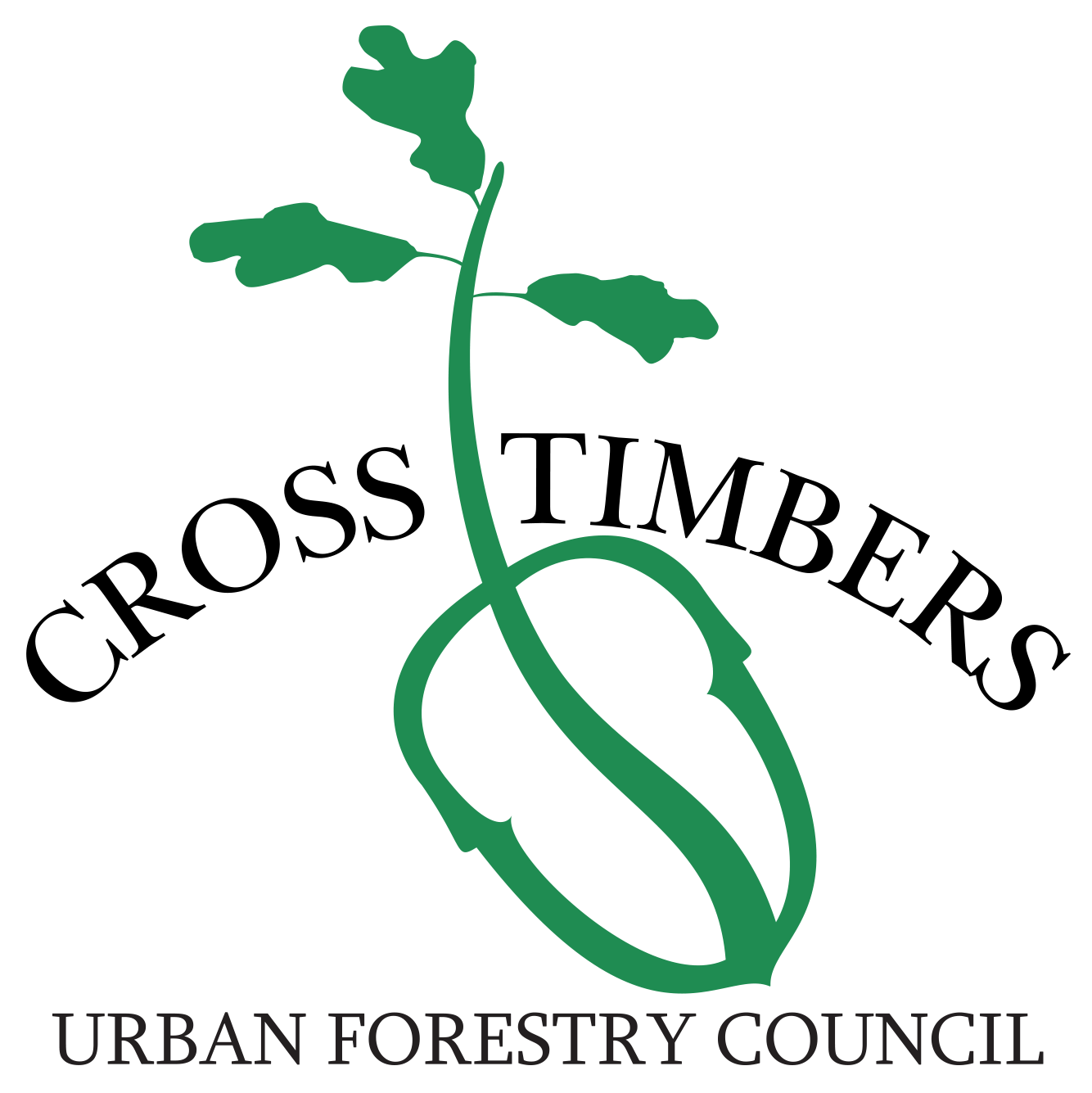
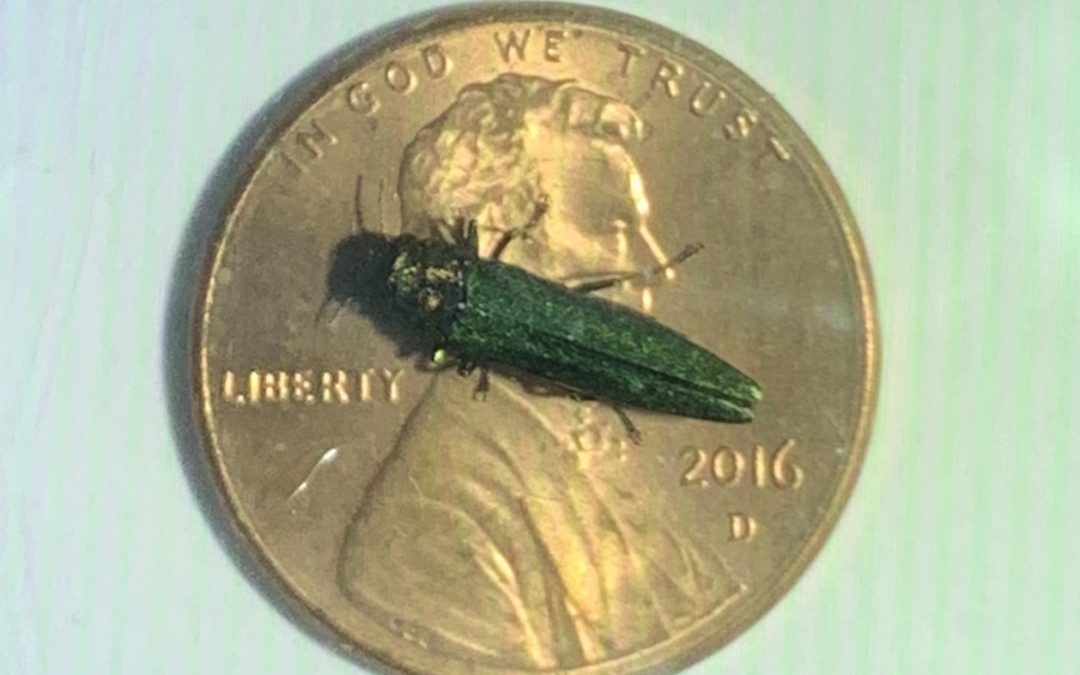
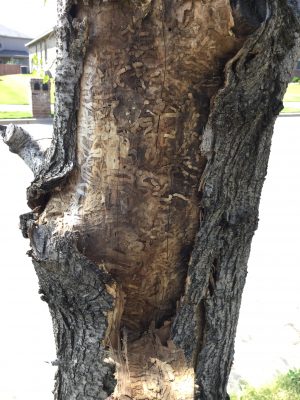
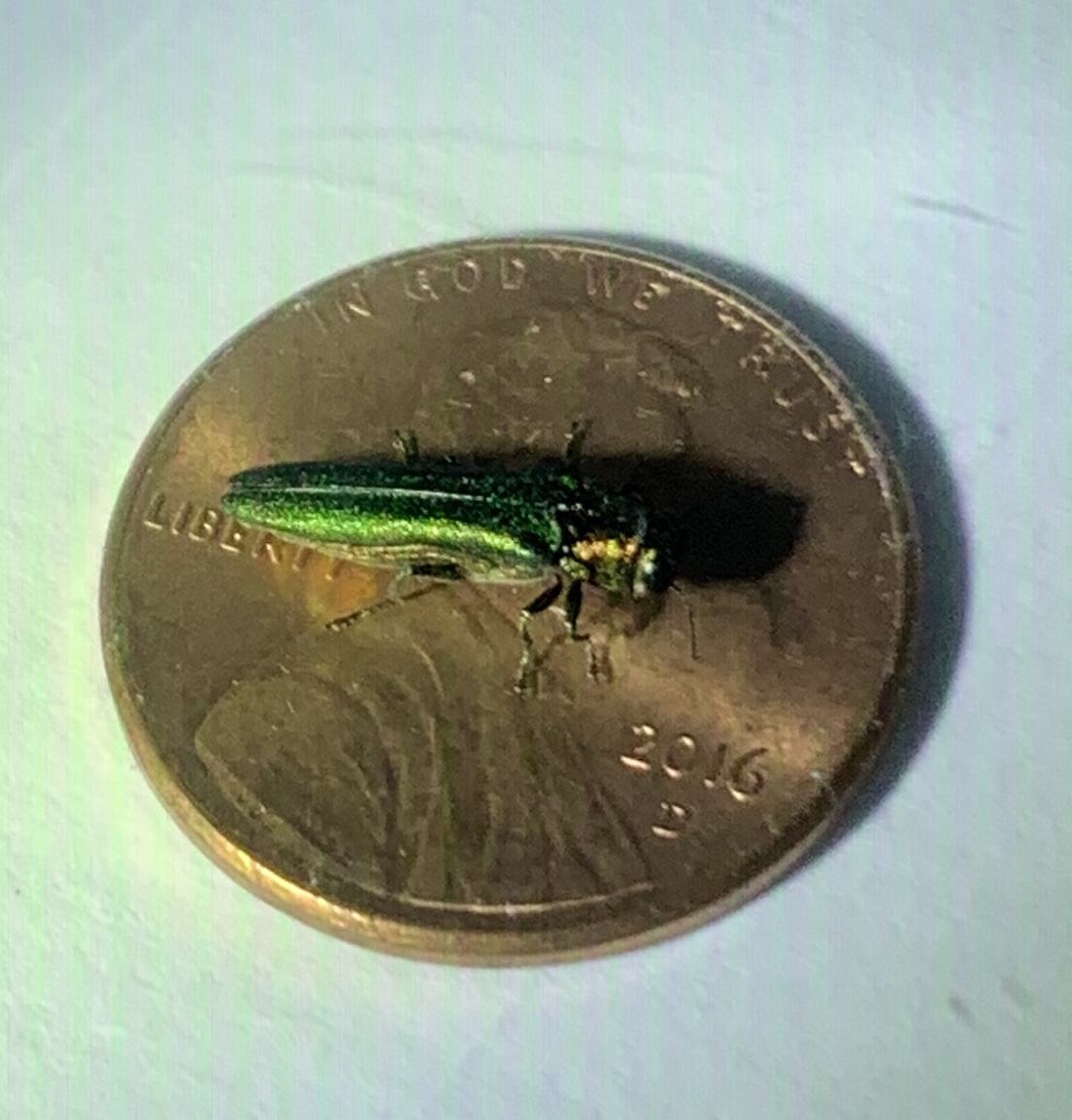
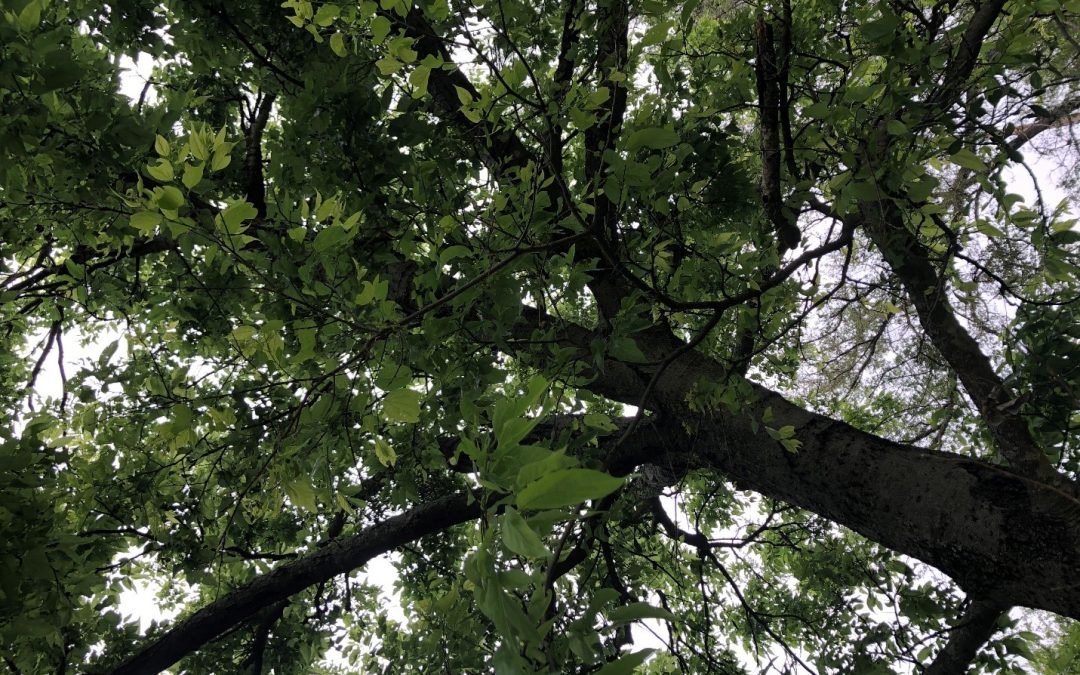
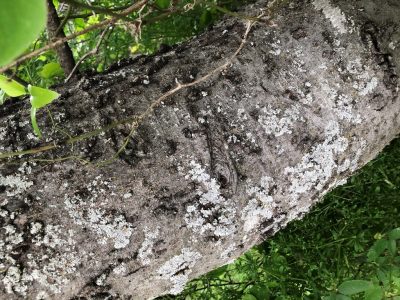
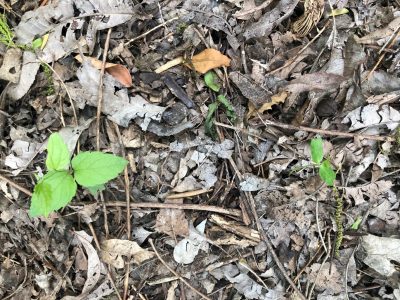
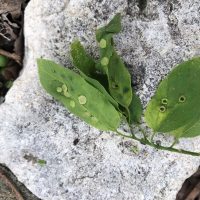

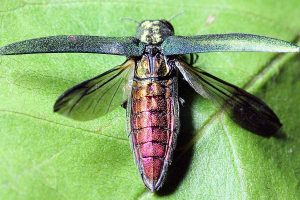
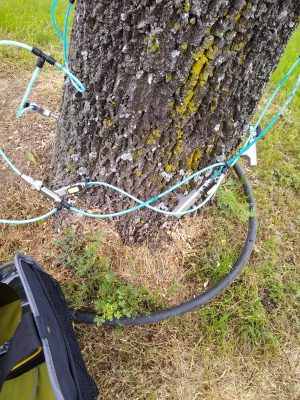
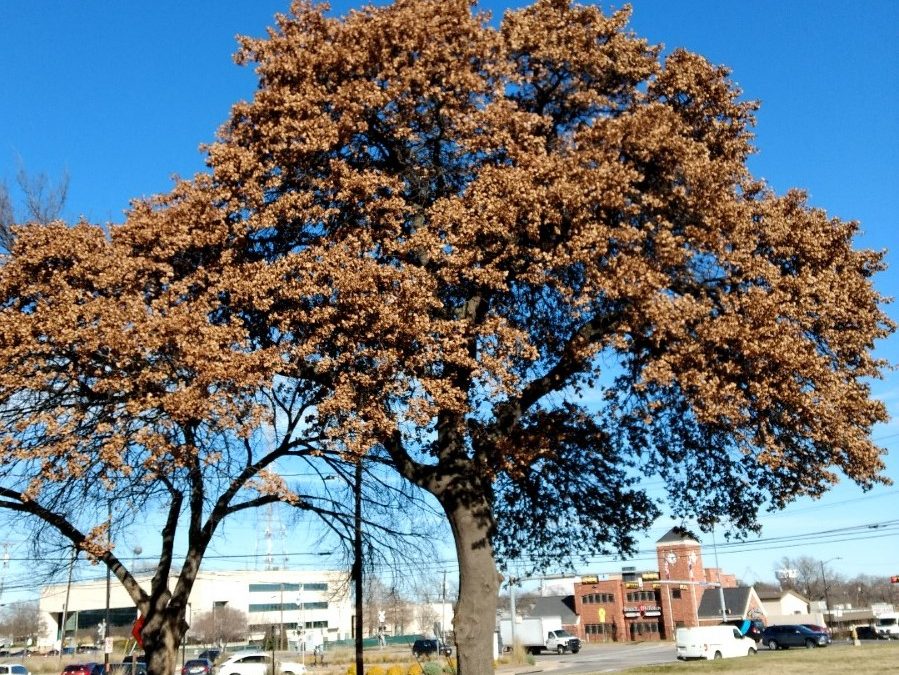
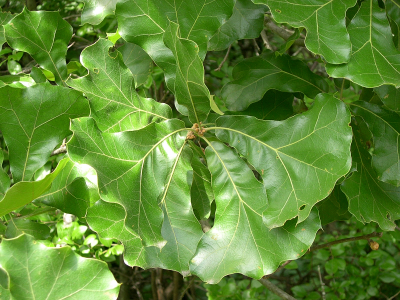
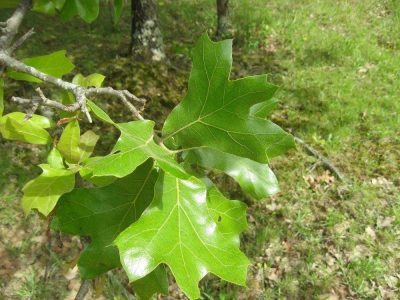 Blackjack oak is fairly easy to identify from overall appearance, but the leaves are also quite distinct. As with other oaks they are simple, with a smooth margin, and are arranged alternately. For blackjack the leaves are large and only have three somewhat rounded lobes which are not deeply cut into the leaf, although this varies considerably. The leaves are very dark and thick, with points at the tip of the lobes as blackjack is considered a “red oak”. Most oaks with rounded lobes fall into the white oak category, so look for the bristles on the tips of the leaf to ID blackjack oak. The bark is very dark, but does have a red appearance underneath if damaged. Like all oaks, this tree has acorns which are small but otherwise fairly normal.
Blackjack oak is fairly easy to identify from overall appearance, but the leaves are also quite distinct. As with other oaks they are simple, with a smooth margin, and are arranged alternately. For blackjack the leaves are large and only have three somewhat rounded lobes which are not deeply cut into the leaf, although this varies considerably. The leaves are very dark and thick, with points at the tip of the lobes as blackjack is considered a “red oak”. Most oaks with rounded lobes fall into the white oak category, so look for the bristles on the tips of the leaf to ID blackjack oak. The bark is very dark, but does have a red appearance underneath if damaged. Like all oaks, this tree has acorns which are small but otherwise fairly normal.